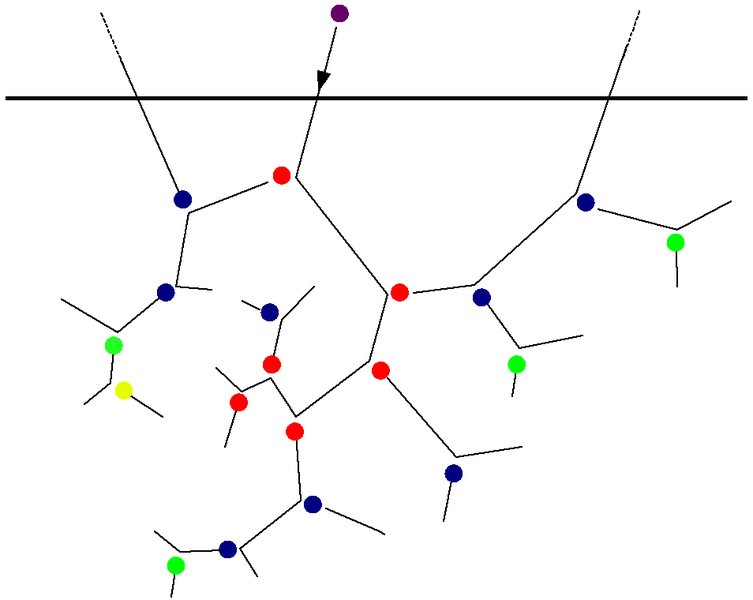The Palo Verde Nuclear Generating Station is located in Tonopah, Arizona about forty five miles west of Phoenix. It is the largest nuclear generating facility in the United States and the only one that is not located next to a large above ground body of water. Treated sewage water from nearby metropolitan areas is use to cool the reactors. The plant contains three one thousand two hundred and seven megawatt Combustion Engineering pressurized water reactors, with Unit 1 going into operation in 1985, Unit two in 1986 and Unit Three in 1987. The reactors were licensed for forty years of operation. A group of utilities in the southwest owns the plant. It was built by the Arizona Nuclear Power Project and it is operated by Arizona Public Service. In 2007, the NRC extended the licenses of all three reactors for another twenty years.
The population in the NRC plume exposure pathway zone with a radius of ten miles around the plant contains about four thousand people. The NRC ingestion pathway zone with a radius of fifty miles around the plant contains about two million people. The NRC estimates that there is a high risk of an earthquake that could damage the plant.
In 1986, the power lines leading to the Palo Verde site were sabotaged by unknown parties. In 1989, Unit One automatically shut down just before a scheduled refueling outage. Unit Three had also shut down automatically just days before. Operators found problems with the atmospheric dump valves. The NRC discovered that the operators had been ignoring problems that they knew about which led to the automatic shutdown of Unit Three. The NRC put nine out of ten training programs on probation because they were inadequate. The shutdown of the two reactors lasted much longer than anticipated while problems were corrected. There was a fire in the main transformer for Unit Three when the operators tried to restart it.
In 1993, hundreds of gallons of contaminated water gushed from a leaking steam generator at the plant. In 2001, a reactor had to be shut down because valve failures caused leaks of radioactive cooling water from the fuel cooling pool into the reactor containment building. In 2004, a “dry pipe” was found in the emergency core cooling system at the plant. In 2006, the NRC found that the electrical relays in a diesel generator didn’t function during test and, in 2007, they placed Palo Verde in Category 4 which meant that it was now one of the most closely watch nuclear power plants in the United States because of the problems listed above and other problems and safety violations. The plant was taken off the Category 4 the list in 2009 because, according to the NRC, the operators had made progress in correcting the problems at the plant.
At Palo Verde, there were design problems, maintenance problems, non-functional equipment in critical systems, poor training and management that deliberately ignored problems until they because serious enough to shut down reactors. Let us hope that the NRC is right about improvements in equipment and management at Palo Verde.

